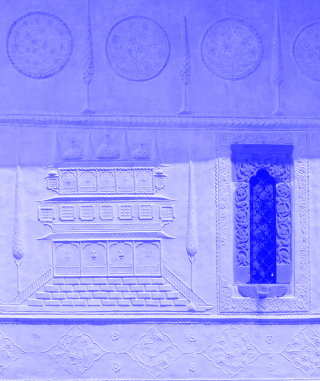Thema
Die osmanischen Tributärstaaten


Die osmanischen Tributärstaaten Siebenbürgen, Moldau und die Walachei als Kommunikationsräume (16.-18. Jahrhundert). Überlegungen zur Mobilität von Objekten, Akteurenetzwerken und Ideentransfer aus kunsthistorischer Perspektive
For a long time, the phenomenon of tributary states of the Ottoman Empire was treated from the perspective of national historiographies and therefore often viewed negatively. Only in the last two decades has a departure from the narrative of the “Ottoman yoke” to the new paradigm of “Pax Ottomanica” emerged. In the period that followed, research increasingly turned its attention to the negotiation and exchange processes between the Sublime Porte and the tributaries located on the periphery of its sphere of influence. The current project focuses on the material components of these complex relationships and explores the roles of the principalities of Transylvania, Moldavia and Wallachia as zones of cultural, artistic and technological transfer between the Ottoman Empire, Persia and the Polish-Lithuanian Commonwealth. In addition to objects and goods that were part of diplomatic negotiation processes and rituals, imported luxury goods are the main focus of the investigations. The aim is to analyse the distribution of imports from the Ottoman Empire and Persia, as well as their integration into local cultural practices and the new meanings often associated with the use of these objects.
Das Projekt ist Teil des DFG-geförderten Verbundprojekts »Transottomanica: Osteuropäisch-osmanisch-persische Mobilitätsdynamiken«.


